Apple Card is all over the news, in part because the physical legacy card it ships with can be scuffed up if you throw it in your jeans pocket with coins and keys. There are thousands of other card issuers globally that wish the inherently fragile nature of a pristine credit card was also capable of driving free global advertising of their brand as well. Why does Apple get so much free press?
It's not market share
Apple has extraordinary reach and market power— not unlike Microsoft Windows in the 1990s— but it doesn't come from exercising a virtual monopoly over the sale of +90% of the software running the world's computing devices. In fact, across the last decade of Apple's rise to power with iOS, analysts and market research groups have been telling us as loudly as possible that Apple's market share of units sold is dangerously flat or even shrinking. Often, it's "waning" or "collapsing," or some other dramatic term suggesting immediate demise for a company that just keeps getting stronger and more influential.
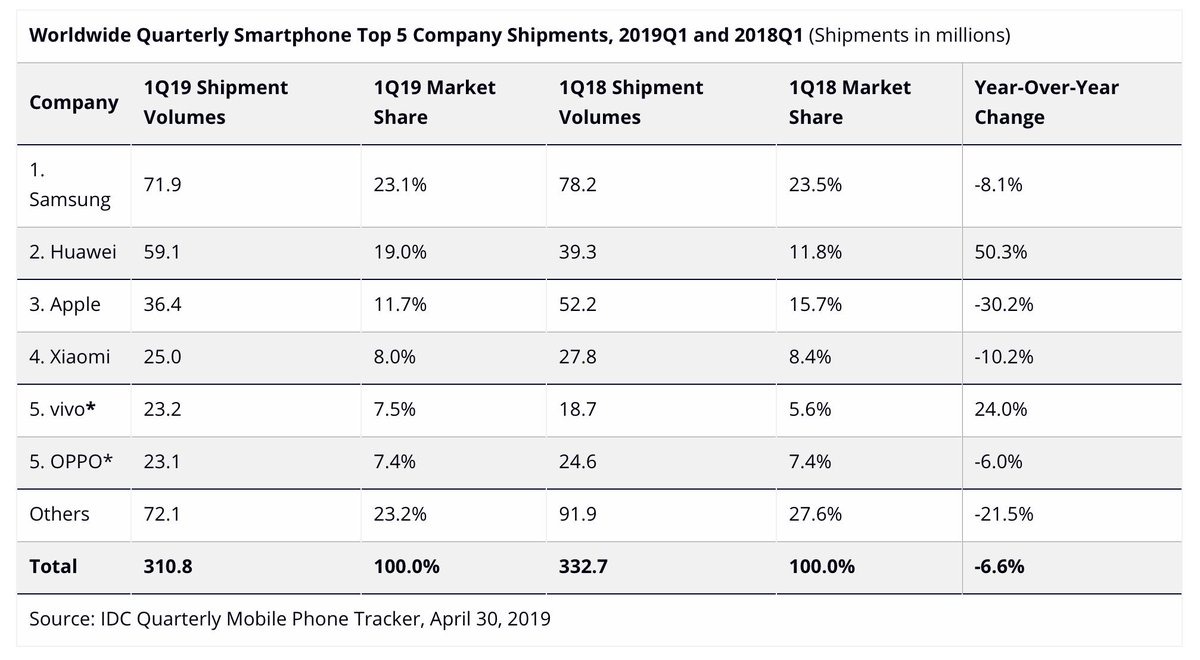 IDC has published bad data on Apple's unit share, but even when close, none of it really mattered
IDC has published bad data on Apple's unit share, but even when close, none of it really matteredWhy is it so important that Apple is not selling more devices than the rest of the world combined? Actually, it's quite clearly not important. While Apple is "outsold" in the unit sales of phones by Huawei and Samsung, and sometimes by other brands in specific markets (such as in China), the reality remains that Apple is selling the most premium devices to the valuable end of the market. This minority of the market is driving the development of the majority of the tech that is having a real impact. That, in turn, is driving commercial interest in Apple as a brand.
It's impossible to argue that majority market share in unit sales shipments is not doing anything to drive interest for Samsung and Huawei phones or other their initiatives. Large volumes of low and middle-tier phones are establishing their brands as basic and cheap. While both brands currently hold a lead in certain areas over Apple, ranging from 5G modems to screen size variants, the reality is that the largest Android licensees have always held various inconsequential leads over Apple at various times over the last decade, including 4G and 3G before it. Yet this has never mattered before.
The two ultra premium-class products making the most original feature leap in smartphones this year were the foldable phone-tablets introduced by Samsung and Huawei. Yet they were both delayed for months, squandering their potential to captivate any real interest among consumers during the sleepy period between iPhone launches. Both represented a lot of work for nothing in 2019.
Market share and vast unit sales didn't do much of anything to establish the success of Huawei and Samsung to deliver a foldable display device. What both companies needed— and failed to deliver— was competency in implementation, not vast unit sales of cheap alternatives. Competency in implementation is what Apple has been successfully achieving across a series of product launches from iPad Pro to Apple Watch to AirPods. All have been very successful while retaining and attracting new interest in Apple as a brand.
Interest in Apple is why the vast volumes of phones from Huawei and Samsung are desperately trying to look like an iPhone. Yet those companies have not attracted significant proprietary app development despite their efforts to do this. Neither has successfully launched new companion wearables like Apple Watch or AirPods, and neither has competently introduced new Services fueling the extraordinary growth Apple has seen from its App Store, iCloud, and other new Services offerings— including the new Apple Card attracting an unusual level of attention, given that it is merely a credit card with some clever new app features.
Apple's "market share" wanes every time a new cloner dumps out a huge volume of devices, whether $250 Androids or $30 WiFi mics or $13 activity bands. Yet Apple Card is demonstrating that Apple doesn't need to sell the most devices to get an unusual level of attention for its latest initiatives.
Competency in implementation
Bloggers tasked with generating attention-grabbing clickbait desperately work to invent problems for Apple. Just on its own, the Forbes Contributor Network has been shoveling out daily missives from bile factories who scream out shrill headlines along the lines of "The Next iPhone is Ugly and Will Make You Sad," or "A New Apple Software Update Patches a Demonic Software Vulnerability Threatening to Kick Open The Gates of Hell and Eat Your Children's Faces," or "I Used an Android and it Made Me Want to Send Back my iPhone but I Couldn't Because of iMessage."
Yet after a decade of heavy leakage from FCN and ZDNet and other venues with a general contempt for all things Apple, these writers have had zero real impact on the public perception of Apple among people who matter commercially. Rather than stoking fear and distrust of Apple among consumers who pay for high-end products, writers like Adrian Kingsley-Hughes have accomplished nothing but making themselves look like fools with no finger on the pulse of where technology was going or what would matter to consumers.
One of his latest screeds for ZDNet announced, "Testing Android smartphones has made my iPhone feel old and slow." That raises the curious question of why a guy who breathes out nothing but sulfur and brimstone about Apple a) uses an iPhone as his principle phone and b) is only "testing" alternatives that are supposedly so much newer and faster.
"Over the past few weeks," he just wrote in 2019— ten years after Android appeared— that "I've been using Android handsets more and more, and I've discovered that devices that are less than half the price of the iPhone are faster, better, and more fun to use."
Except that he's been using Android phones and Windows netbooks as much as possible for a decade now and he still has an iPhone. He gushes over a Xiaomi Mi 9, a phone that isn't selling well, claiming it has all sorts of technical advantages over an iPhone despite running a slower Qualcomm chip and being packed with RAM that Android just doesn't do a good job of managing. The idea that customers are flocking to Xaiomi from iPhones is actually just some Wall Street Journal fake news from 2014.
It's hard to take this craziness seriously. Every Android fan knows that since Xaiomi dumped, Oppo was the new thing, then somebody else, and now Huawei. He then calls attention to a no-name Android with poor specs but a rugged case, arguing that specs don't matter if the price is right. Which is it?
The reality is, consumers are paying a premium for iPhones that just work, run their latest apps, launch apps quickly, and don't require manually killing apps to manage memory. They care about being able to send iMessage chats to a group with proper rendering all around, sharing photos via AirDrop, connecting to their other devices using Continuity, and all of the other seamless integrations that Android licensees just don't competently implement on a similar level.
Overshadowing his anti-iPhone native ad for anything Android, ZDNet featured a different article from Jason Perlow: 'Insanely great' Apple Card is a few features away from conquering everything. This extensive feature on Apple Card detailed another reason why people will be buying iPhones, not cheap Androids: deep integration between hardware and software that delivers a competent implementation of the ordinary credit card with new features that improve and enhance the experience of making transactions.
Apple Card is attracting tremendous levels of attention because the billion pockets that have invested in iOS, iPhones, iPad, Macs, Apple Watch, AirPods and other Apple devices are already sold on the idea that Apple will probably do a tremendous job in making some other corner of their life easier, more enjoyable, faster and smarter in the same way the App Store, iMessage, Continuity and other features already have.
Imagine Google or Samsung introducing a new credit card. Both companies have already invested tons of resources into their versions of contactless payment systems, but neither has achieved the global success Apple Pay has. That comes despite the massive unit volumes of Samsung and the supposed overwhelming market share of Android that Google ostensibly has some influence over.
Even with its "minority" market share and units sales that are lower than Samsung or Huawei, Apple is again leading the world in another initiative to improve the humble credit card.
Apple has already excelled with its implementation of Apple Pay, which works seamlessly from iPhones to Apple Watch to Macs, and is now adding Apple Card as a preferred way to manage your finances and payment to reduce fees and interest payments while earning daily cash back.
It's pretty clear that market share and unit volumes did not win in smartphones, are not winning in wearables or Services, and will not be winning in the future of new devices and services that cater to customers who want a competent implementation, not a cheap knockoff of a known brand.
Apple Card is merely the latest proof.
 Daniel Eran Dilger
Daniel Eran Dilger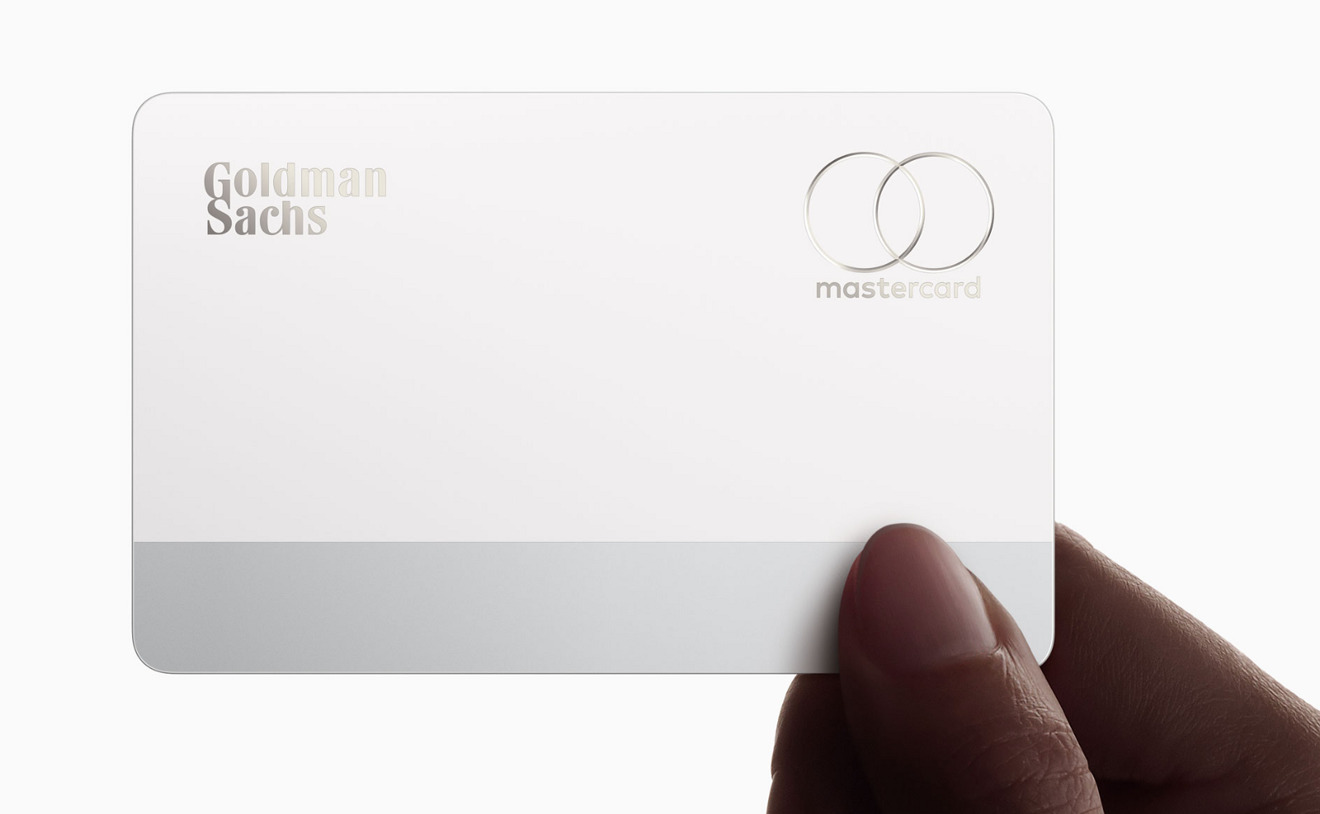
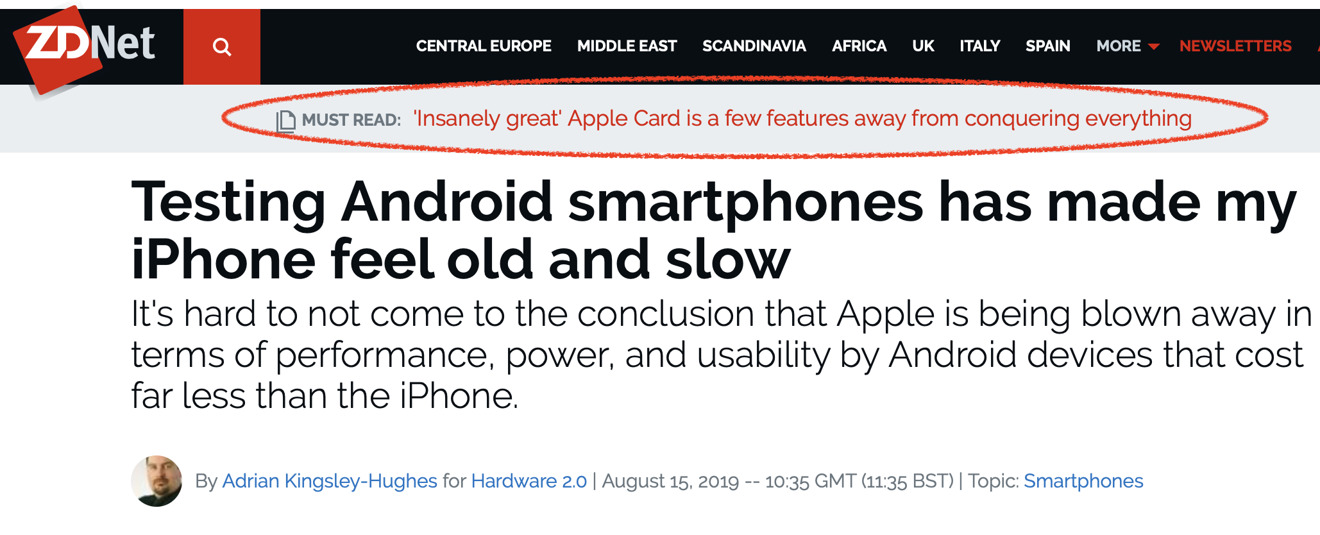
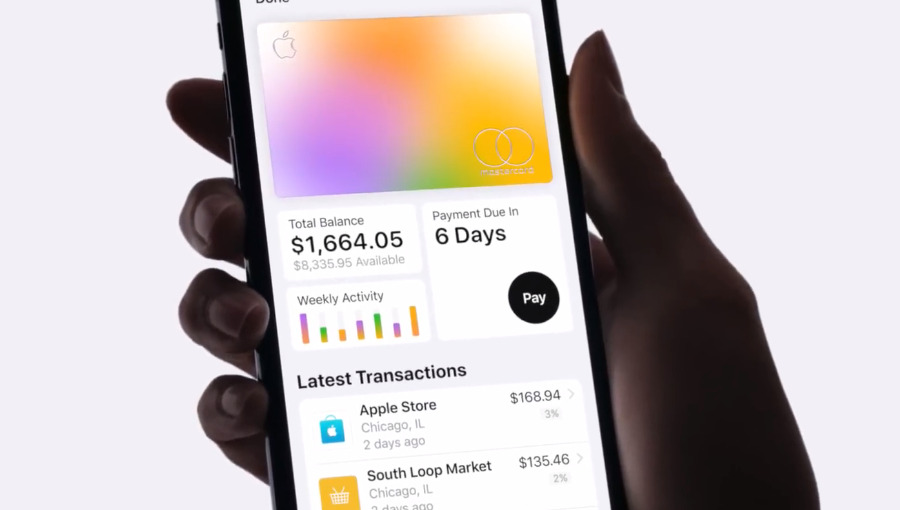







-m.jpg)






 Thomas Sibilly
Thomas Sibilly
 Wesley Hilliard
Wesley Hilliard
 Marko Zivkovic
Marko Zivkovic

 Malcolm Owen
Malcolm Owen

 Amber Neely
Amber Neely
-xl-m.jpg)
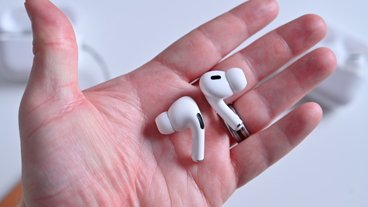








56 Comments
Another brilliant article by DED. Can't wait for the RogAndroidFans of the world to come up with a new excuse as to why they have a problem with this article or anything DED writes. Keep up the great work, Daniel! Looking forward to the "Corrections" tearing the haters a new one when you slam their inanities with common sense, facts, honesty and honour.
This article by Mr. Dilger hits the bullseye so many times it’s almost magic. I’ve been an Apple user since 1982 and have experienced firsthand the negativity and hatred of Apple by so many pundits, analysts, and self appointed experts over the years. If one were to gather up all the carping, whining, doomsday analysis, death spiral prognostications, derisions, and wishful thinking of doom and failure, one would have to wonder how the company continues to exist. The only explanation the negative narrative can come up with is that Apple customers are stupid and vain. That’s it, no other reason people buy Apple products.
There is no better example of this negativity than the comment section of AppleInsider. Probably 50% of comments posted here are from people who absolutely hate the company and feel compelled to tell the world about their hatred. From the resident Google and Android sycophants to the disgruntled desktop luddites the assault is vicious and unending. If someone defends or supports Apple, like Mr. Dilger, they are immediately dismissed as fanboys and idiots. I’m sure this article will be attacked as inaccurate, fawning, and biased by the negative crowd that infests AI in particular and the Internet in general. Negativity rules the Internet. Positive thinking is abhorrent to that crowd.
The Apple Card rollout has been nothing short of outstanding. The on-boarding is very well done. I don’t even feel like I am using a credit card
I would not be surprised if this card rivals Amex in 3 years (100 million card holders WW)